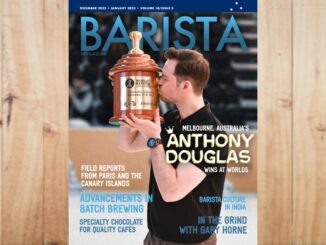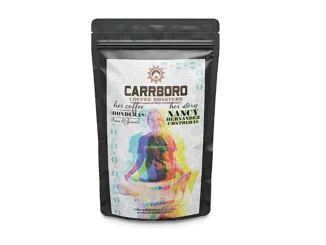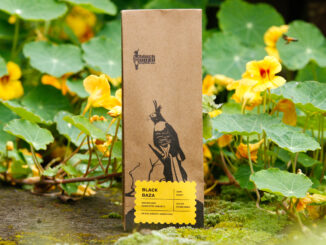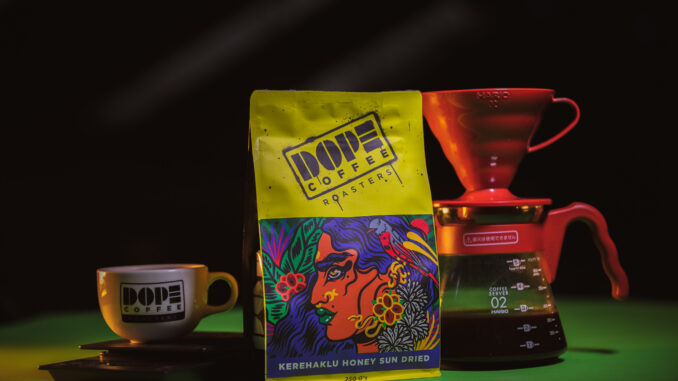
Continuing our series on coffee packaging in India, we meet Dope Coffee Roasters, a brand living up to its name.
BY RESHIL CHARLES
SPECIAL TO BARISTA MAGAZINE
Photos courtesy of Dope Coffee Roasters
Editor’s note: Read the first two installments of our coffee packaging series here and here.
India’s Baarbara Estate sells its coffee to several different roasting companies. But a bag of Baarbara Estate coffee from India’s Dope Coffee Roasters will clearly stand out from the others offering it. The splash of color across the multifaceted coffee goddess holding an enlightened bean in the center of the package is known to draw customers’ attention as they try to figure out where her eyes are!
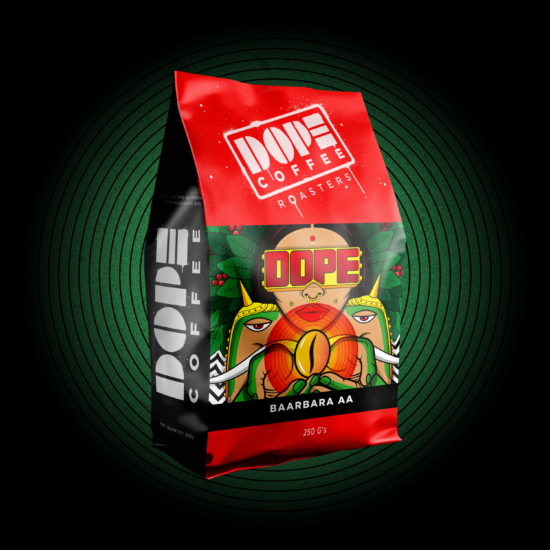
The Vibe
The brand’s co-founder, Rizwan Amlani, was clear that psychedelia would be the backdrop for the packaging design, against which elements of Indian street art and subculture would come together to tell a global story. “We always wanted to be an international brand that takes Indian coffee out to the world. People from Japan and Korea are already ordering our coffee, and we’ll be in the United States soon. So our branding and artwork has a ‘forever young’ feel to it that can connect with people from India as much as it can with communities across the globe,” says Rizwan (and fittingly enough, he talked to us while on a trip to Portugal). “We want to represent our partner estates and farms in a loud and proud manner that is anything but subtle, as they deserve all the recognition they can get.”
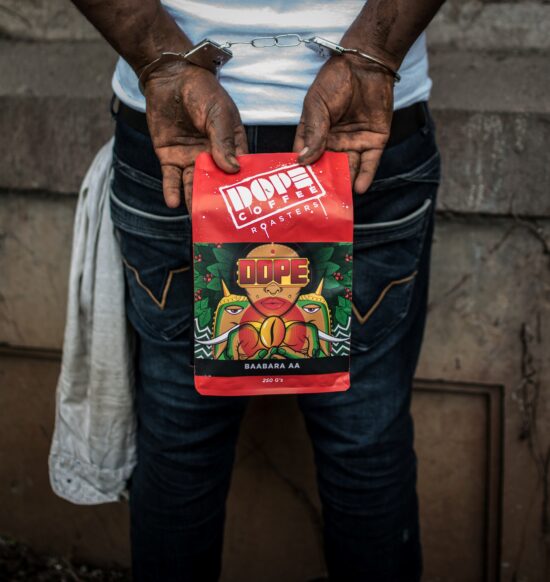
The Artistry
Finding an artist who could bring this boldness to life on a coffee bag led Rizwan to Harsh Raman Paul, an experienced graphic designer and artist, who was completely in sync with the communities Dope was looking to tap into. “India has a lot of subcultures and creative people like musicians, skateboarders, dancers, rappers, and artists,” Harsh explains. ”We wanted to put out something that will appeal to them as well as an international audience. That is why our packs also say ‘250 Gs,’ not grams.”
But it doesn’t stop there. Quirky teasers are written across the bag, like “inhale the good stuff” near the vacuum valve, “break it to make it” on the reusable zip-lock, and a little writeup on the side that explains the brand’s love for coffee. They hope you’ll go, ”Damn, that’s some dope coffee,” after the first sip. The tasting notes are clearly highlighted on the back. They also include information on the estate the coffee is from, and how that ties into the artwork on the package. The language is young, and ”peeps” who prefer ”fam” over ”family” will love it.
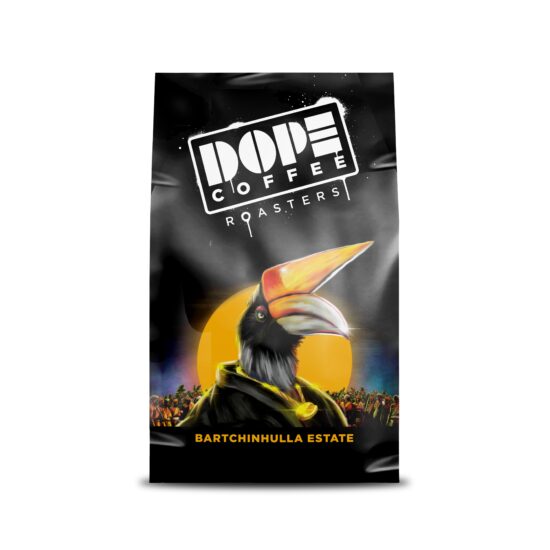
After Harsh set the tone, other artists like Sid Gandhi and Osheen Siva have also worked with Dope. Sid created a larger-than-life hornbill bird to represent the Bartchinhulla Estate. Osheen’s vibrant representation of Dalit Tamil women graced the Kerahaklu Estate packaging.
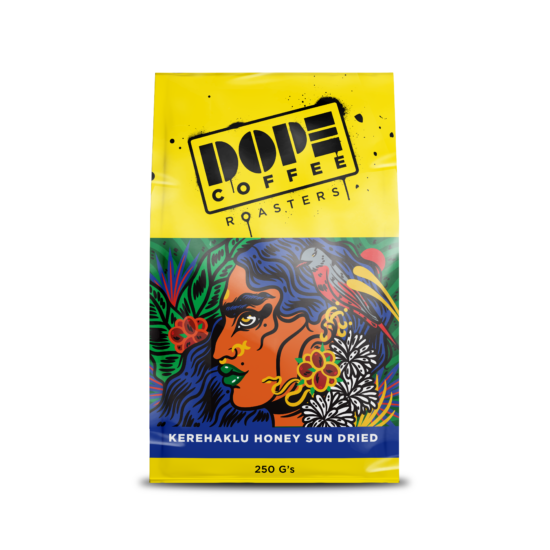
Going International
Dope Coffee Roasters is based out of Mumbai and has a shop-in-shop presence at the Social chain of cafés in a few cities. They also supply coffee to restaurants and cafes across the country. You can shop Dope’s gorgeous online store across India and internationally.
ABOUT THE AUTHOR
Reshil Charles (he/him) is based in New Delhi, India, and works across television, web, and print as a journalist and presenter. He has been tracking emerging Indian trends across a few sectors for the last 19 years, with a special eye on the evolving Indian coffee scene. He feels strongly about exposing the world to the variety of culture and subculture in India that meets at the crossroads of traditional and modern, and coffee fits right in.


